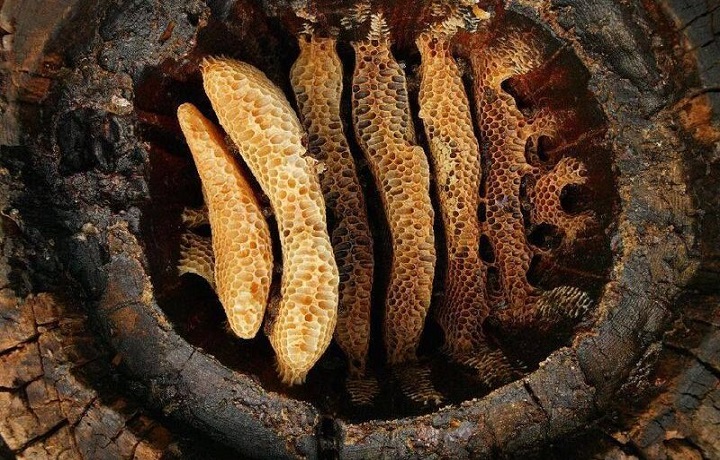Near the modern village of Sakire in the Borjomi region, archaeologists have discovered honey, which dates back to the third millennium BC. In the burial mound, in a plundered tomb, ceramic vessels were found with the remains of honey, which, apparently, was left in the burial for future afterlife meals.
This is an ancient burial place in which a woman is buried. She was buried 5 and a half thousand years ago, placing three containers in the grave, on the walls of which traces of honey were found. Archaeologists believe that the woman was a beekeeper, and her burial with honey is possibly part of an ancient ritual.
This is the oldest honey specimen found to date. Archaeologists suggest that Georgian honey is 2000 years older than Egyptian honey, until that time it was believed that the most ancient sample of honey was found in the burial of Tutankhamun, studies have shown that honey found in Georgia is about 5500 years old.
As in Ancient Egypt, in Ancient Georgia honey was clearly packaged for people’s travels to the afterlife. Analysis of its biological composition showed that honey was produced from linden blossom. The honey, collected by an unknown beekeeper, was already laid out in clay pots, when the heroes who sent the “Argo” to the shores of Colchis were not yet born.
Georgian archaeologists have a clear idea of the climate of that time in Georgia and quite confidently assume which types of honey could have been produced by the ancient Georgian beekeepers. On the territory of the present village of Sakire, which is located at an altitude of 2 thousand meters, most likely honey was produced from linden blossom, grain plants and wildflowers.
This is not the first time that archaeological excavations have placed Georgia on the world map. The earliest human skulls found in the Georgian region of Dmanisi challenged notions of human evolution and migration. The Intellectual Property Agency of Georgia is going to register varieties of Georgian honey and local breeds of bees in the near future.





Comments